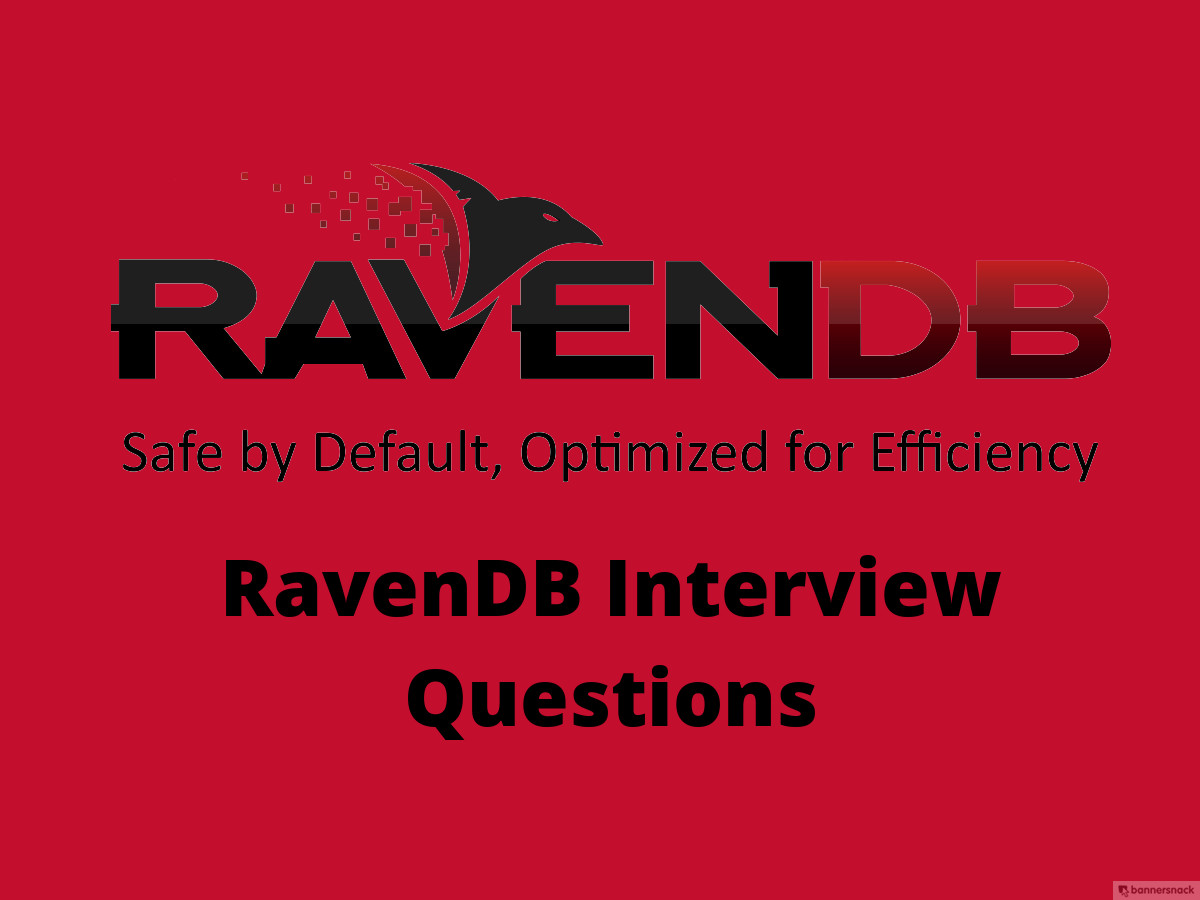RavenDB is second generations open sourced, document-based; NoSQL designed especially for Windows and .NET platforms. A commercial license is required for using RavenDB. For source projects a free edition is available but it needs to be applied for.
Here we provide you with some of the important interview questions on RavenDB, which will help you to encounter any interview related to RavenDB:

